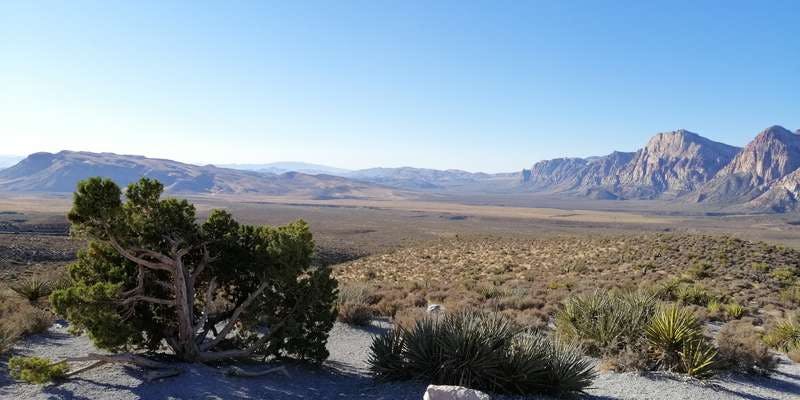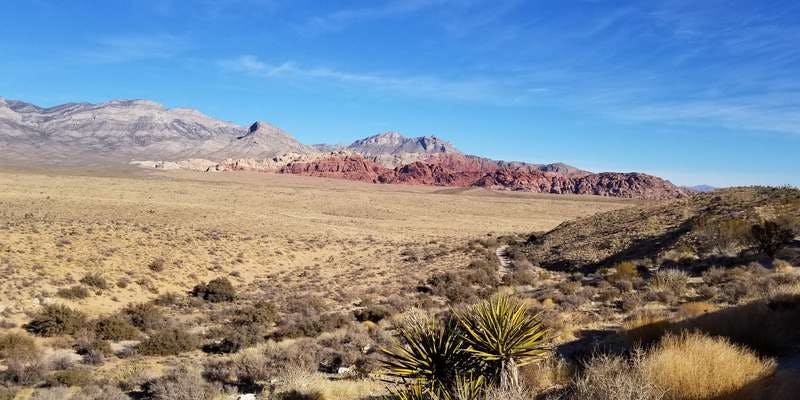Red Rock Canyon National Conservation Area
Nevada
2 chronologs | 2,426 contributions
2 chronologs managed by Red Rock Canyon National Conservation Area
About Red Rock Canyon National Conservation Area
The desert landscape pictured here at Red Rock Canyon National Conservation Area is part of the Mojave Desert. One of the smallest, hottest, and driest deserts in North America, the Mojave Desert only gets 4-6” (10-15cm) precipitation annually. Elevations at Red Rock Canyon range from approximately 2000 to 8,154 feet (600-2485m), which allows for diverse wildlife such as desert tortoises, Gila monsters, bighorn sheep, phainopeplas, and much more. All of these species are at home in the Mojave Desert and rely on this habitat for survival. In the years 2005, 2006, and 2007, Red Rock Canyon suffered from multiple thunderstorms and lightning strikes, causing wildfires in sizes Red Rock Canyon had not seen before. The desert is not well adapted to wildfires, and the Mojave Desert does not have a long history of large wildfires (300 acres/1.2 km2 or more). Vegetation here may take generations to recover, and many plants are not capable of resprouting after a fire. Invasive grass species, such as red brome and cheatgrass, contribute to the spread of wildfires in the Mojave Desert, and habitat restoration is being heavily researched by many government agencies, non-profits, and universities. This Chronolog station will have your photo look out upon the fire scars from 2005, 2006, and 2007. With your help we can monitor the overall regrowth of vegetation, the health of the ecosystem, and utilize your photos and data in future research projects on fire effects in Red Rock Canyon and the Mojave Desert. Fire scars over 300 acres (1.2 km2) in the viewing area: Loop Fire July 2005 920 Acres (3.7 km2), Scenic Fire September 2006 1500 Acres (6.1 km2), Bonnie Springs Fire July 2007 392 Acres (1.59 km2). Please use the photo stations at Highpoint Overlook, located approximately 5 miles (8km) along the Scenic Drive, and Red Rock Canyon Overlook, located ½ mile (800m) east of the Scenic Drive Exit on State Route 159/Charleston Boulevard.
For nature-lovers
Explore chronologs
For organizations
Chronolog is a monitoring tool for parks, nature centers, wildlife organizations, schools, and museums worldwide. With over 100,000 contributors across 300 organizations, Chronolog is on a mission to engage communities with nature while recording important natural changes.
© Chronolog 2025 | Terms

